As you wade through streams of information while researching breast implants, you might encounter some strange-sounding phrases. Gummy bears? Boob greed? If you’re confused about some of the terms you’ve read or heard, this blog post explains 7 of the most important phrases you need to know before your breast augmentation surgery.
Under & Overs
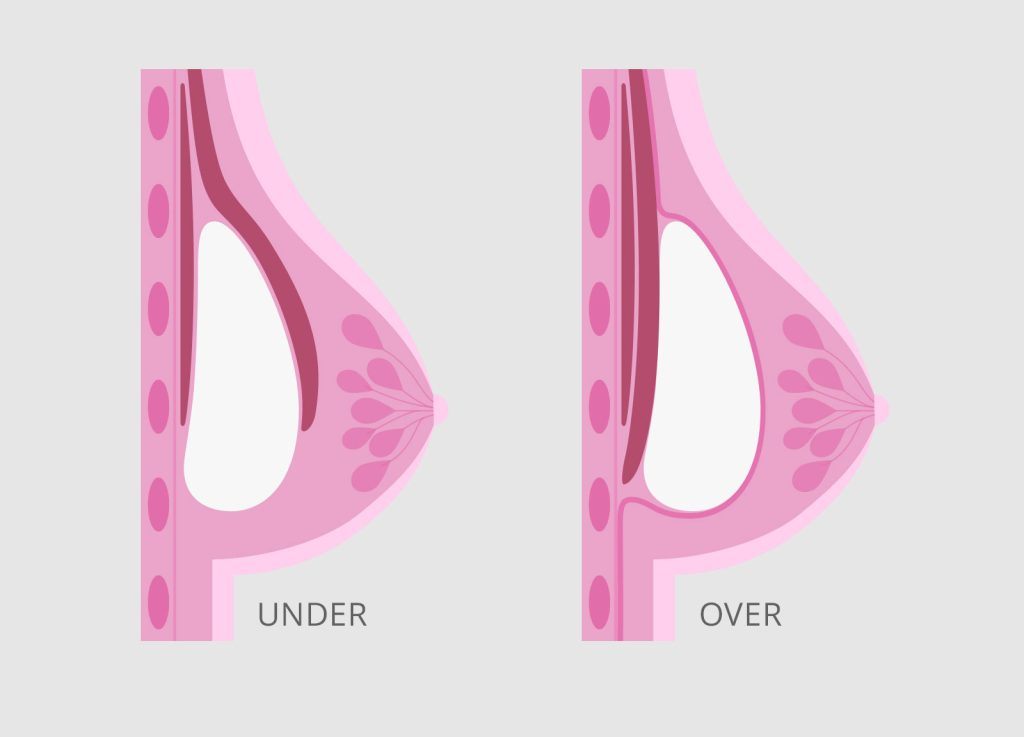
Among the many choices involved with breast augmentation is deciding where the surgeon should place the breast implants. If you’ve browsed websites such as RealSelf, a popular online forum for people considering cosmetic surgery, you’ve probably read about patients discussing whether they have under or overs. This phrase refers to under or over the chest muscle.
During breast augmentation, the plastic surgeon creates a pocket for the implant. It may be behind the existing breast tissue but over the muscle, a location that’s called subglandular. Another option is submuscular—under the chest muscle. The submuscular location is optimal if you have little existing breast tissue because the muscle helps camouflage the implants. Visible rippling (another good-to-know phrase) is more of a risk for over-the-muscle implants.
Drop & Fluff
When looking at breast augmentation before and after photos, you might notice that plastic surgery practices often take the “after” photos relatively soon after the procedure—within a few weeks or a couple of months. You may notice that the breasts sit a bit high on the chest and wonder if that’s an expected outcome for breast augmentation patients. You’re seeing results before the implants have had a chance to “drop & fluff.”
Dropping and fluffing describe the process as your implants settle into place. As tight skin and muscles relax weeks and months after breast augmentation surgery, the implants gradually drop to a more natural-looking position. Fluffing occurs as the implants fill out the lower area of your breasts, taking on a more teardrop shape. Ultimately, your breasts should appear smoother and fuller.
The time needed for implants to drop and fluff depends on how fast you heal. For most patients, it takes a couple of weeks for the initial swelling to subside and the muscles to relax. But you should expect a gradual drop and fluff process; it can take 3 to 6 months to see the final outcome of your breast augmentation procedure.
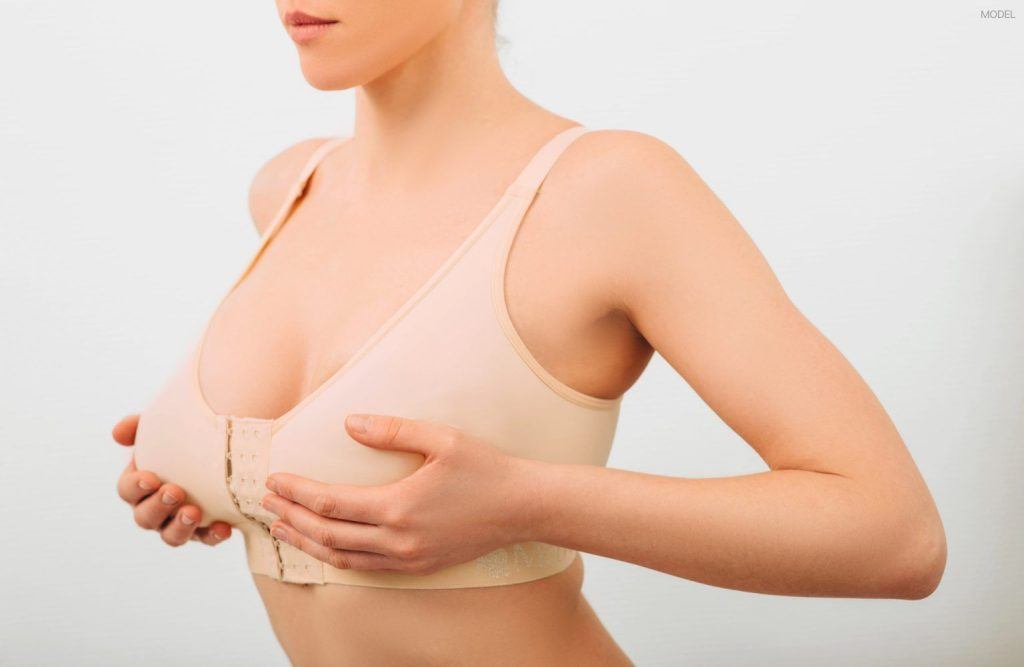
Implant Profile
Did we mention surgeons can customize breast augmentation procedures in multiple ways? Besides choosing the size of breast implants, you also have options for the implant’s profile. When you think of a profile, you think of how your face appears looking at it from the side. The same applies to a breast implant profile, which determines how far the implant projects from the chest. The same-sized implants (measured in cubic centimeters) with different widths produce different projection levels. Implants with a smaller base width provide greater projection than implants with a wider base width.
Implant profiles can generally be low, moderate, or high (although some manufacturers include moderate plus profiles). The profile best suited for you depends on the frame of your body. Low-profile implants are usually the best option for a patient with a broader chest. A petite woman with a narrow chest is a good candidate for a high-profile implant.
Gummy Bears
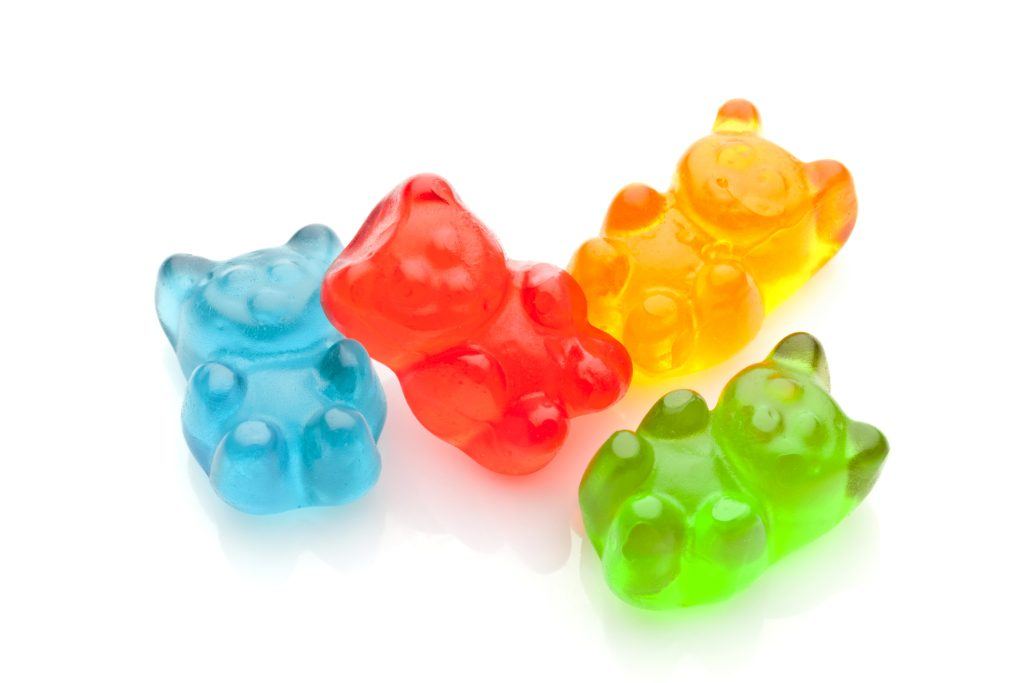
This does not refer to candies in a dish on the practice’s reception desk. Gummy bear is the playful nickname that describes breast implants filled with highly cohesive silicone gel. If you’re familiar with gummy bear candy, you know that if you divide a piece in half, the filling holds its shape. The same is true about gummy bear implants. As with other aspects of breast augmentation surgery, you have options regarding the consistency—or gumminess—of the silicone gel implants you choose.
Some patients prefer implants with a more fluid consistency than that offered by gummy bear implants, which you may consider too firm. There is no correct answer; personal preference should be your guide. You can also choose saline-filled implants, which are slightly less expensive than their silicone gel counterparts.
Boob Greed
Women preparing for breast augmentation consultations often get mixed messages from social media as they research the procedure. On the one hand, people counsel that you may regret not choosing bigger implants. On the other hand, you’re cautioned against getting results that look “fake.”
If you’re confused or nervous about choosing implant size, consider the results of a 2020 study comparing satisfaction rates among breast augmentation patients with silicone gel implants versus saline implants. It found that regardless of the implant material, 25% of the patients surveyed regretted not choosing larger implants. On the other hand, only 2 percent said they wished they had gone with smaller implants.
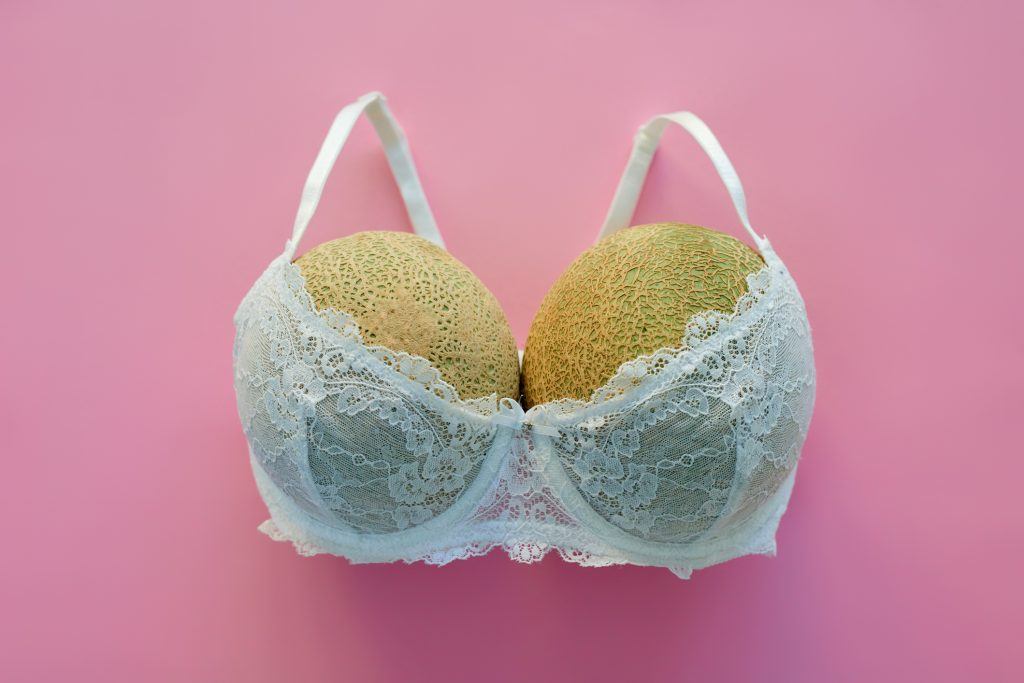
“Boob greed” is a phrase that describes breast augmentation patients who regret not choosing larger implants. Second-guessing your choice is common in many of our decisions, whether selecting a restaurant, buying a new car, or getting breast implants. It’s good to know that you may want to step out of your comfort zone and choose slightly larger implants, but it’s also worthwhile to pause and reflect on the results you want—regardless of social media chatter.
Our plastic surgeon, Dr. Calvin Young, helps patients choose implants using the VECTRA™ 3-D imaging system, allowing you to see the possible results of your procedure and provide Dr. Young with feedback about your cosmetic goals.
Capsular Contracture
Thinking about potential breast augmentation complications is no fun. Complications are relatively rare when you choose an experienced breast augmentation specialist, but they can occur. Capsular contracture is the most common complication. The body naturally weaves a web of scar tissue around breast implants, creating a capsule. This scar tissue usually remains smooth and soft, acting as a protective barrier between the implant and the body’s tissues.
However, the capsule sometimes hardens and contracts, squeezing the implant. This distorts the breast’s appearance and can be painful. It’s unknown exactly why this occurs, but it’s linked to a film of bacteria coating the implant. Surgeons reduce the risk of capsular contracture by using specific surgical protocols that minimize the chance of infection.

Natural Breast Augmentation
This one is tricky, because there is really no effective option for “natural breast augmentation.” Creams, supplements, and devices that claim to increase breast size without surgery have been proven ineffective time and time again. Among people researching breast augmentation, natural breast augmentation usually refers to enhancing the size or shape of the breasts using the body’s own fat instead of breast implants. This is still a surgical procedure, therefore not particularly “natural.”
Performing fat transfer to augment the breasts involves using liposuction to remove fat from other parts of the body, such as the thighs or abdomen, and injecting it into the breasts to add volume. While women may be drawn to the “natural” aspect of using their body’s own fat, the results aren’t as predictable as with breast implants, and generally you can’t expect to gain more than a cup size.
Schedule a Consultation
The decision to get breast implants is exciting. If you’re considering breast augmentation in the Rochester, NY, area, you can request a consultation with Dr. Young by using the online form or by calling us at (585) 272-0700.

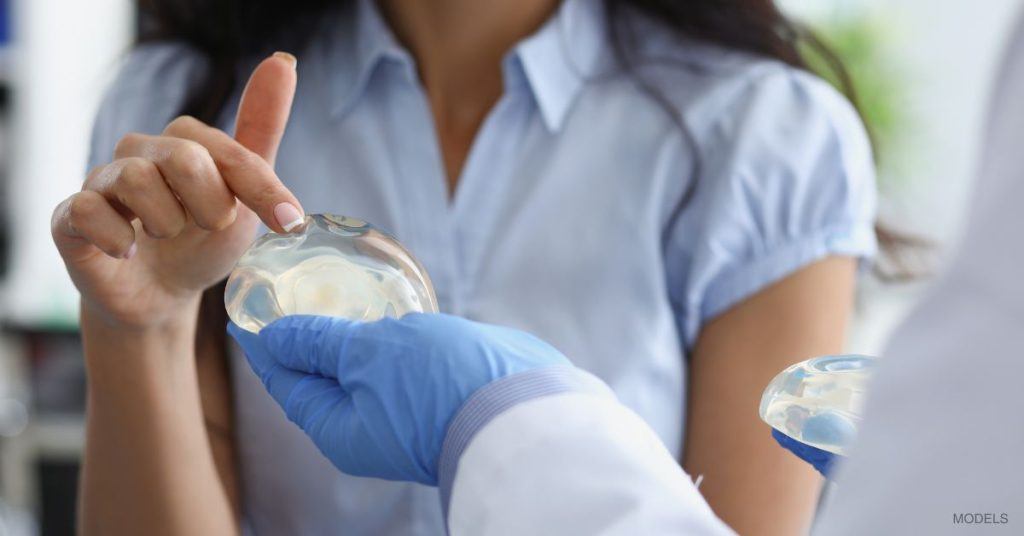
Leave a Reply